The Arctic’s future population will likely be more urban, more aged — and only slightly bigger
Population gains will be spread unevenly across the region, with some winners — Iceland and urban centers — and losers — Russia and rural villages.
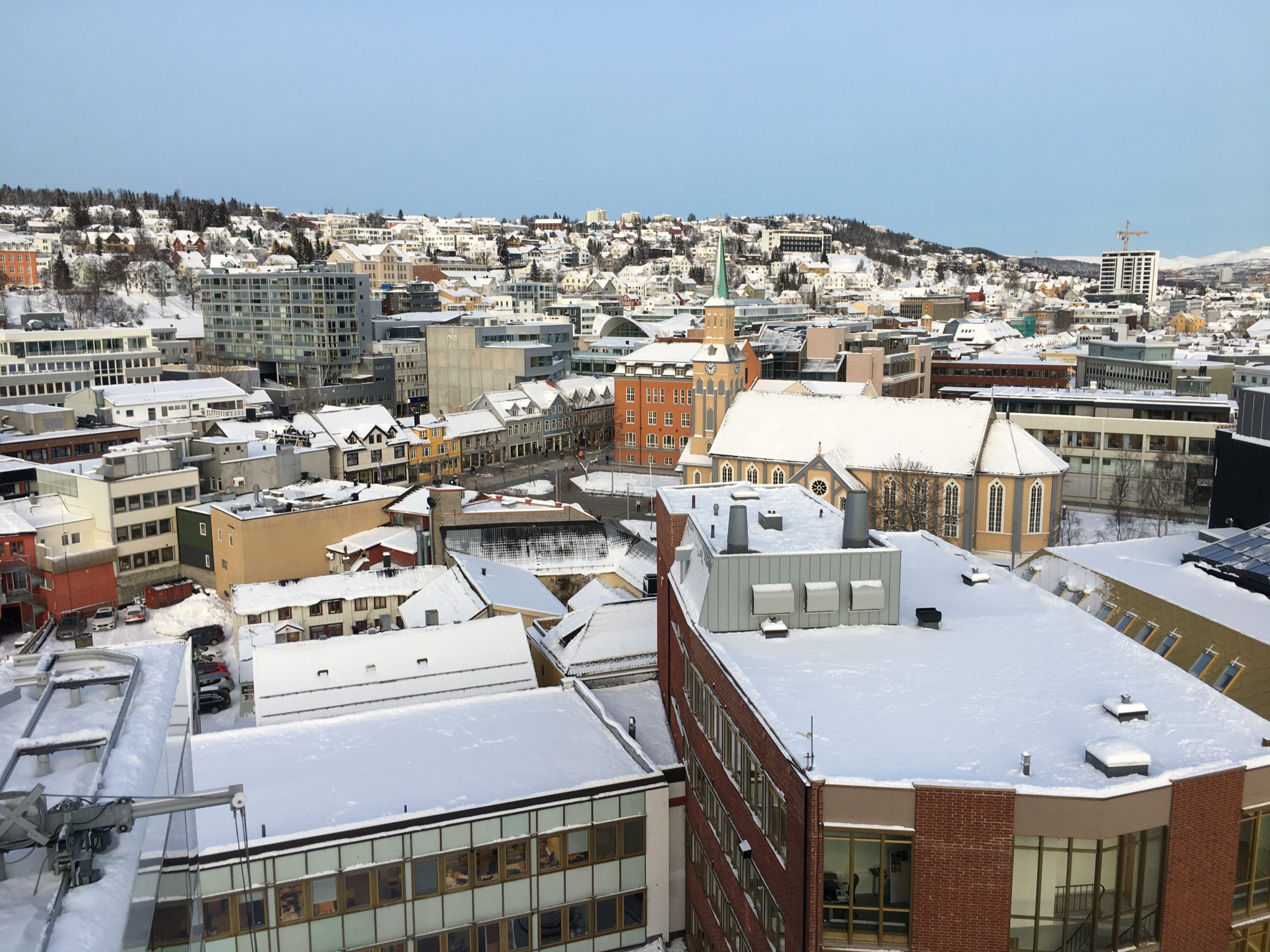
The Arctic’s population is expected to remain stable through the middle of the century, but there are likely to be wide differences in how residents are distributed around the North, a new study says.
By the middle of the 21st century, the Arctic population is expected to increase by only 1 percent, compared to a global population that is expected to swell from 7.4 billion in 2015 to 10 billion in 2055, according to the study by Timothy Heleniak, a researcher based at the Stockholm-based Nordic research center Nordregio.
In some ways, the study projects that Arctic populations will move a bit closer to to the profile of the general global population — becoming more urbanized, older and more female.
But Heleniak, a geographer specializing in Arctic region demographics and economic development issues, said by email that despite that shift, there are some caveats. Arctic settlement patterns “will always remain unique with quite dispersed populations and large distances between population centers,” he said. “Transport links among settlements in the Arctic are often lacking or are few, unlike populations in the non-Arctic portions of these states.”
Some analysts have likened Arctic settlement patterns to those of islands with large unpopulated areas, he said.
There are about 10 million people living in the Arctic, under the expansive definition used in Heleniak’s study, which is published in the journal Polar Geography. The definition includes, for example, the entire state of Alaska and Canada’s entire Yukon and Northwest Territories, folding in northern areas that are well south of the Arctic Circle but considered to have an Arctic identity.
Among those regions, some widely varying demographic patterns are forecast.
Iceland is expected to have the highest growth rate, with a population increasing by about a third by 2066, according to a mid-scenario, said the study. But Arctic Russia, which residents have fled in large numbers since the breakup of the Soviet Union, is projected to continue losing people through 2036, albeit at a more moderate rate of 2.5 percent, the study said.
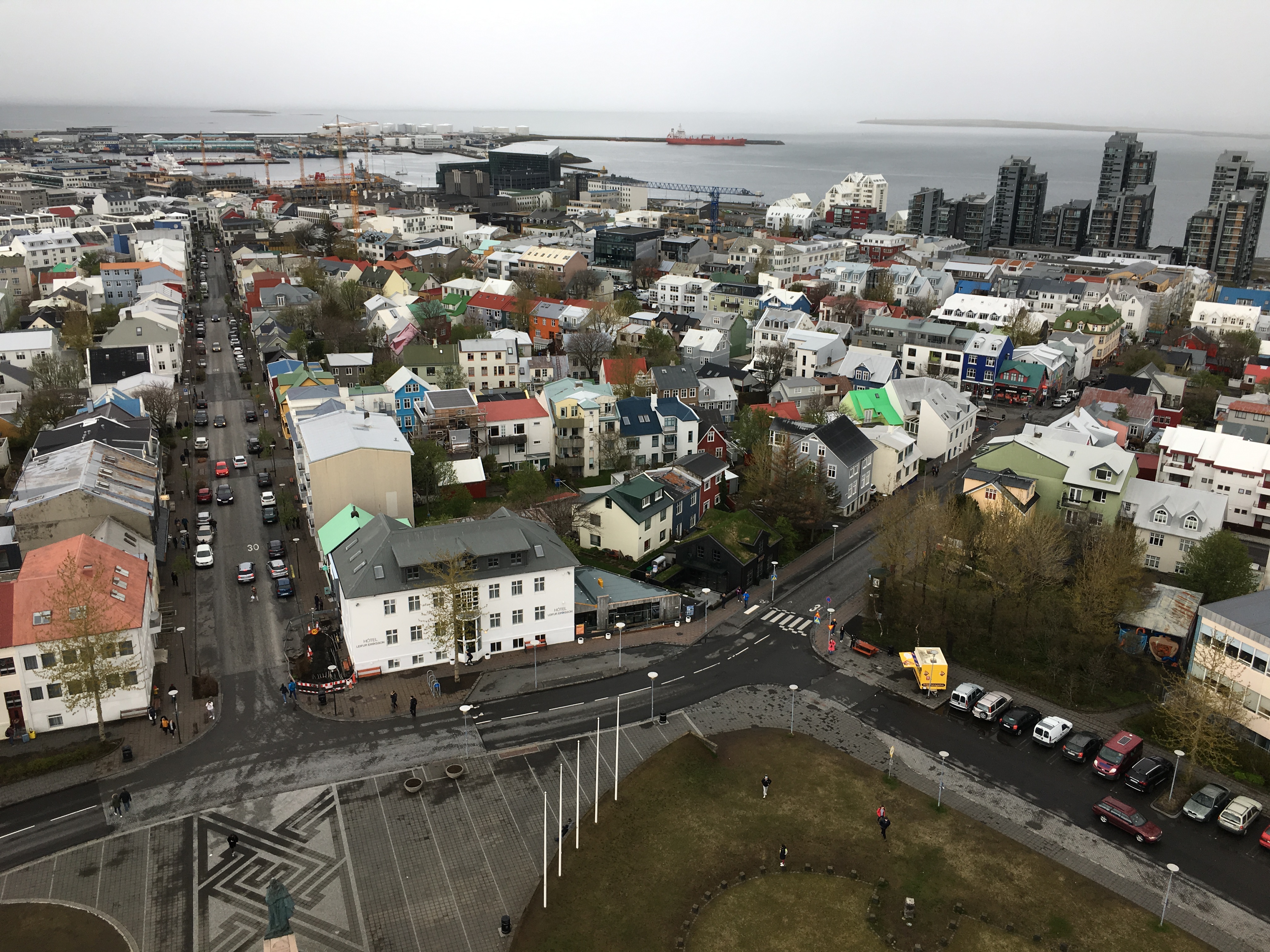
Iceland’s population has been growing at a fast clip — 18 percent since 2000 — thanks to a high birth rate and net in-migration, according to the study. Future growth is expected to be concentrated in the nation’s capital region, and by the 2060s nearly four in five of Icelanders expected to live there, according to the study. In contrast, Iceland’s more rural and outlying regions are expected to lose residents, even as the nation’s total population grows.
In the next population-growth tier, Alaska and the Canadian Arctic territories expected to have increases of approximately 20 percent. Each of those North American regions has had strong population growth in the past, but each has special demographic characteristics, the study points out.
In Alaska, for example, occupational demands and the high concentration of military facilities have shaped a population that tilts male. That was striking in the past — during the Gold Rush era at the start of the 20th century, there were 260 males to every 100 females in Alaska, and in 1950, just after World War II, there were 162 males to every 100 females, Heleniak’s study notes. By 2016, that ratio had shifted to 106.8 males to every 100 females, and by 2045 it is expected to decline to a 104.8-to-100 ratio, the study says. (The U.S. national ratio is 97 males to every 100 females.)
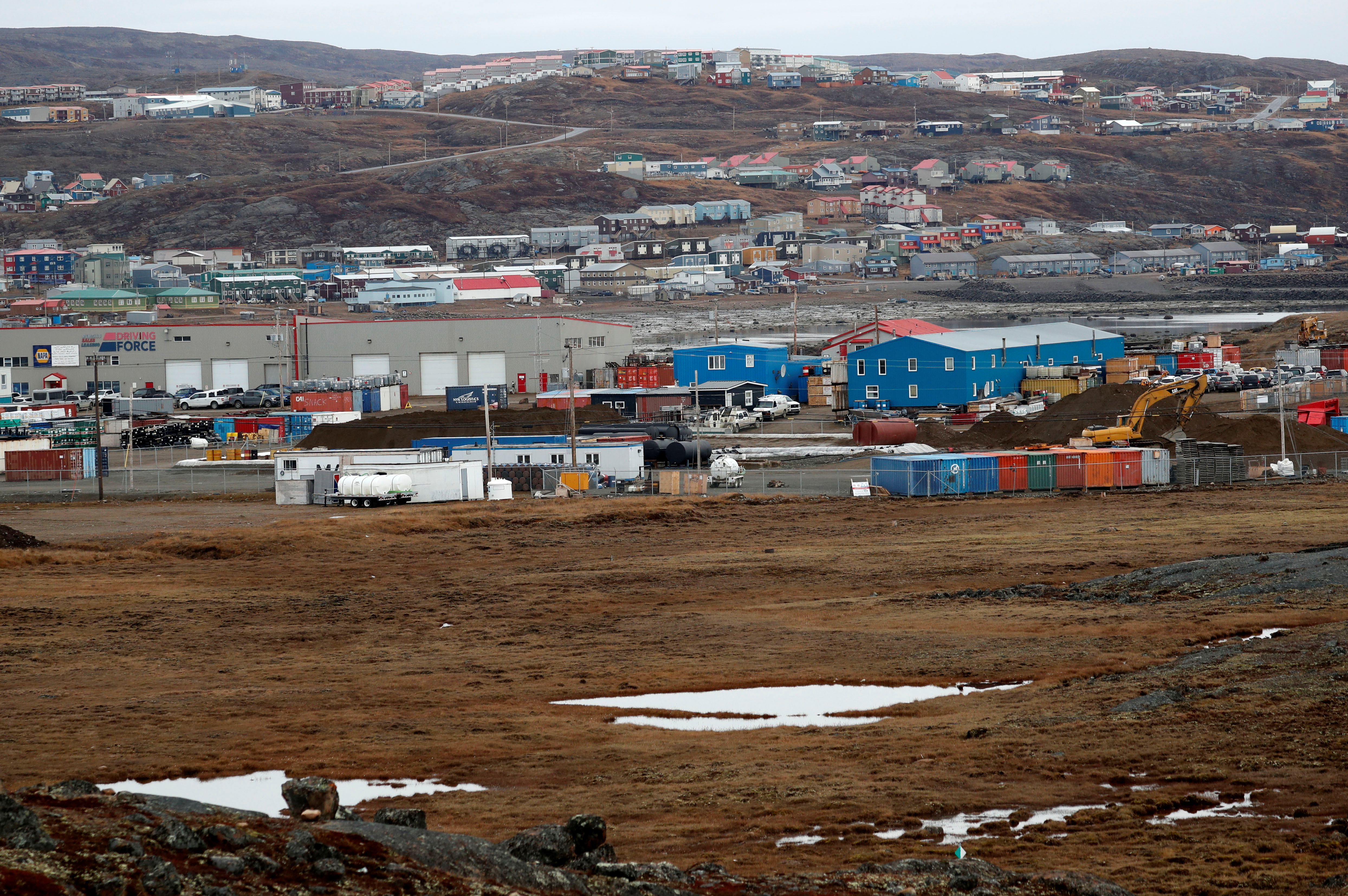
The populations of Arctic regions of Sweden, Norway and Finland are projected to grow only modestly. Collectively, those nations’ Arctic regions are forecast to see population growth of about 3 percent by 2040, a slight decline from the 4 percent growth seen since 1990. Demographic patterns have been uneven in different regions, though, and that unevenness is expected to continue. Arctic Norway is different from other Arctic regions in one way — the residents there are, on average, older than those in non-Arctic Norway.
No real growth is expected in Greenland and the Faroe Islands, the study said. Greenland has had steady out-migration that is balanced by a birth rate that has kept the population flat from 1990 to 2016, the study noted. As Greenland gains more autonomy in coming years, fewer people are expected to move there from Denmark, a phenomenon that will also affect the total population. In the study’s forecast period, Greenland is expected to have an overall population decline.
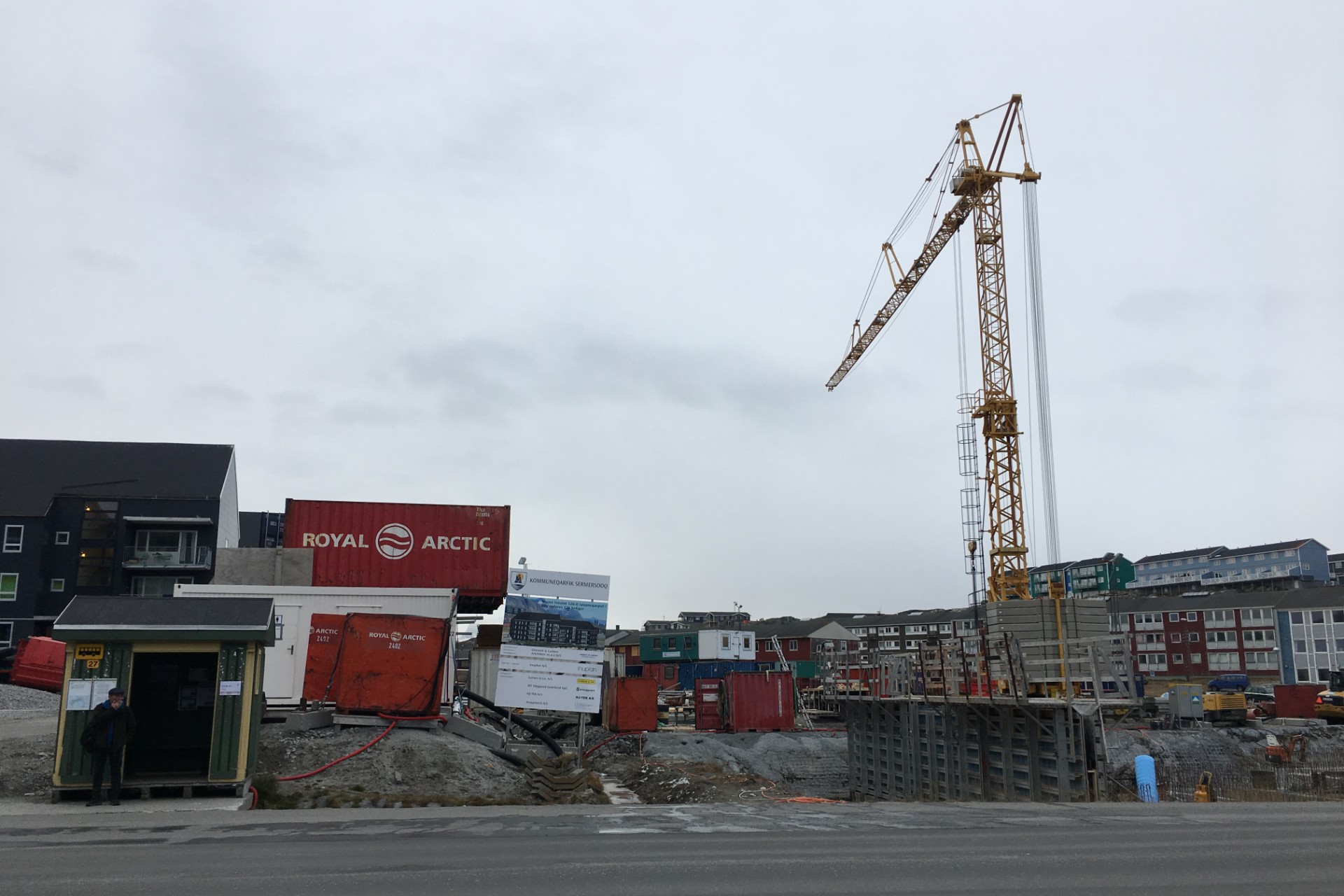
In the Faroe Islands, the ups and downs of the fishing industry have made for population volatility in the past, but the region may have reached its carrying capacity, the study says. A slow increase in population is expected until 2029, and then a gradual decline after that, resulting in a population of just under 49,000 by 2055, according to the study.
An outlier is Arctic Russia. Overall, it lost a fifth of its population after the breakup of the Soviet Union, the study notes, declining from 9.4 million in 1989 to 7 million in 2018. Losses were most in the remote eastern regions. The Magadan region lost nearly two-thirds of its population, and population losses were even greater in the Chukotka region, the study said.
The post-Soviet period in the Russian North “was quite dire,” said Heleniak, who has done previous studies of the region’s migration and demographic trends.
One striking trend is the low male-to-female ratio, something that separates Arctic Russia from the world’s other Arctic regions, which generally have more men than women.
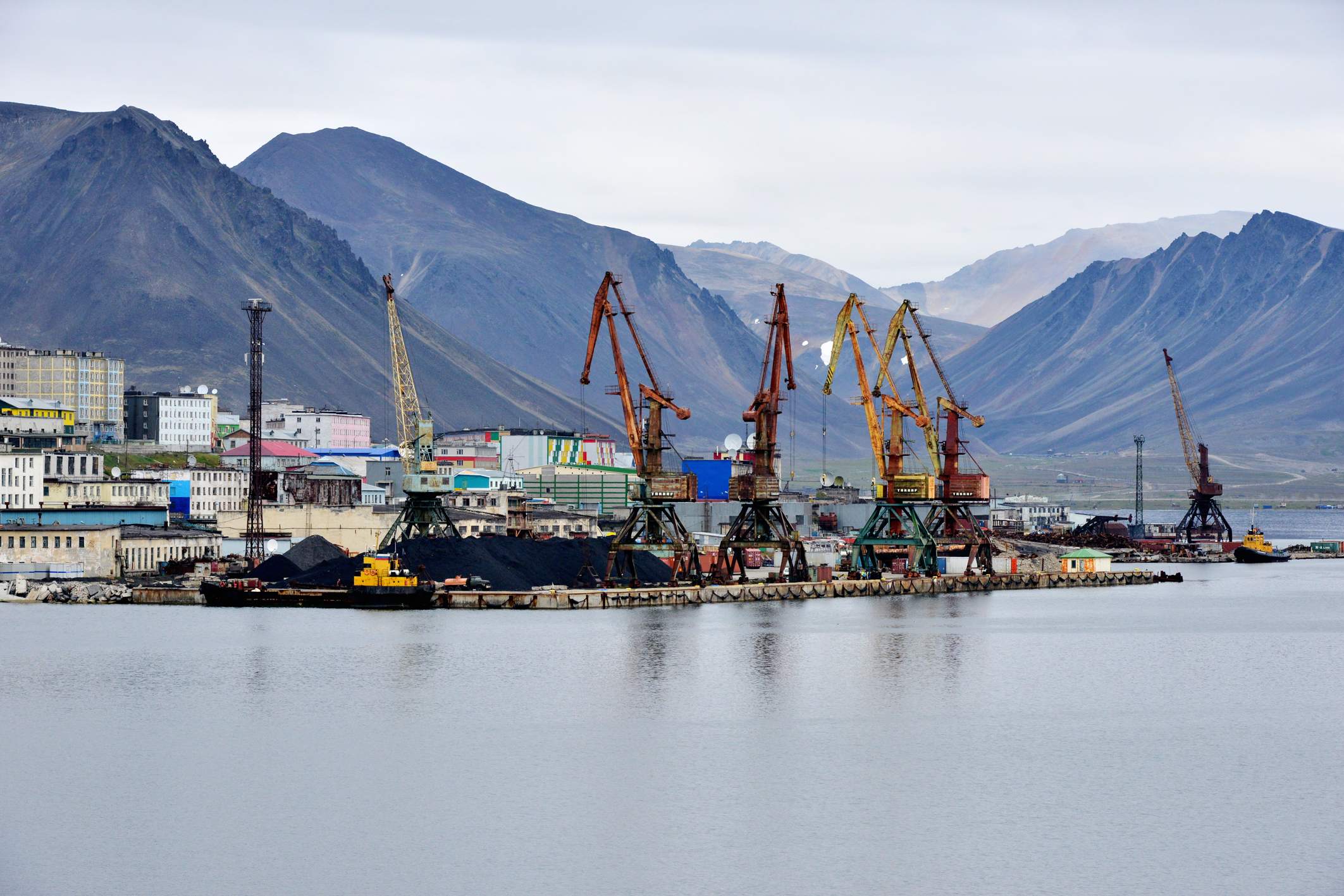
In 1989, at the end of the Soviet period, the ratio was 100.9 males to every 100 females in the Russian Arctic. By 2017, that ratio had decreased to 92.3 males to every 100 females, the study said. The main cause for the decline is a reduced life expectancy for Russian men, a nationwide phenomenon. Heleniak has previously analyzed that pattern in the Russian Arctic. Only about a quarter of the post-Soviet era male population loss in the Russian Arctic can be attributed to out-migration, he said in a study published last year titled “Where did all the men go?” The rest is attributable to premature deaths, with cardiovascular disease, murder, suicide and accidents as prominent causes, he said in that study, published in the journal Polar Record.
But the future outlook for Arctic Russia appears not quite as grim. Overall, the population is expected to keep declining through the 2030s, though at a slower rate, but the male-female ratio will inch a little closer to parity, according to projections in Heleniak’s new study. Three of the 11 Russian Arctic regions are expected to gain residents in the future — and that includes the beleaguered, poverty-stricken Chukotka region.
Heleniak said the projections are based on information from Russia’s demographic agency, Rosstat. He said he does not know the exact reasons for Rosstat’s belief that Chukotka’s population increase. “I doubt that living conditions in Chukotka will improve considerably in the near future,” he said. It could be that the Chukotka population had fallen so low “it could only go up,” he said.
In Russia and around the Arctic, the trend toward urbanization has some social and economic implications, Heleniak.
“There will certainly be effects from the outmigration from smaller Arctic settlements. Many smaller settlements might completely disappear. This has been the case across the Arctic, especially in Russia,” he said. “It becomes difficult and expensive for governments to maintain service provision when populations become so small. There is also a gender dimension as it is usually women who leave these smaller settlements in much larger numbers than men as they move up the urban hierarchy, leaving quite high male sex ratios in many smaller Arctic settlements.”
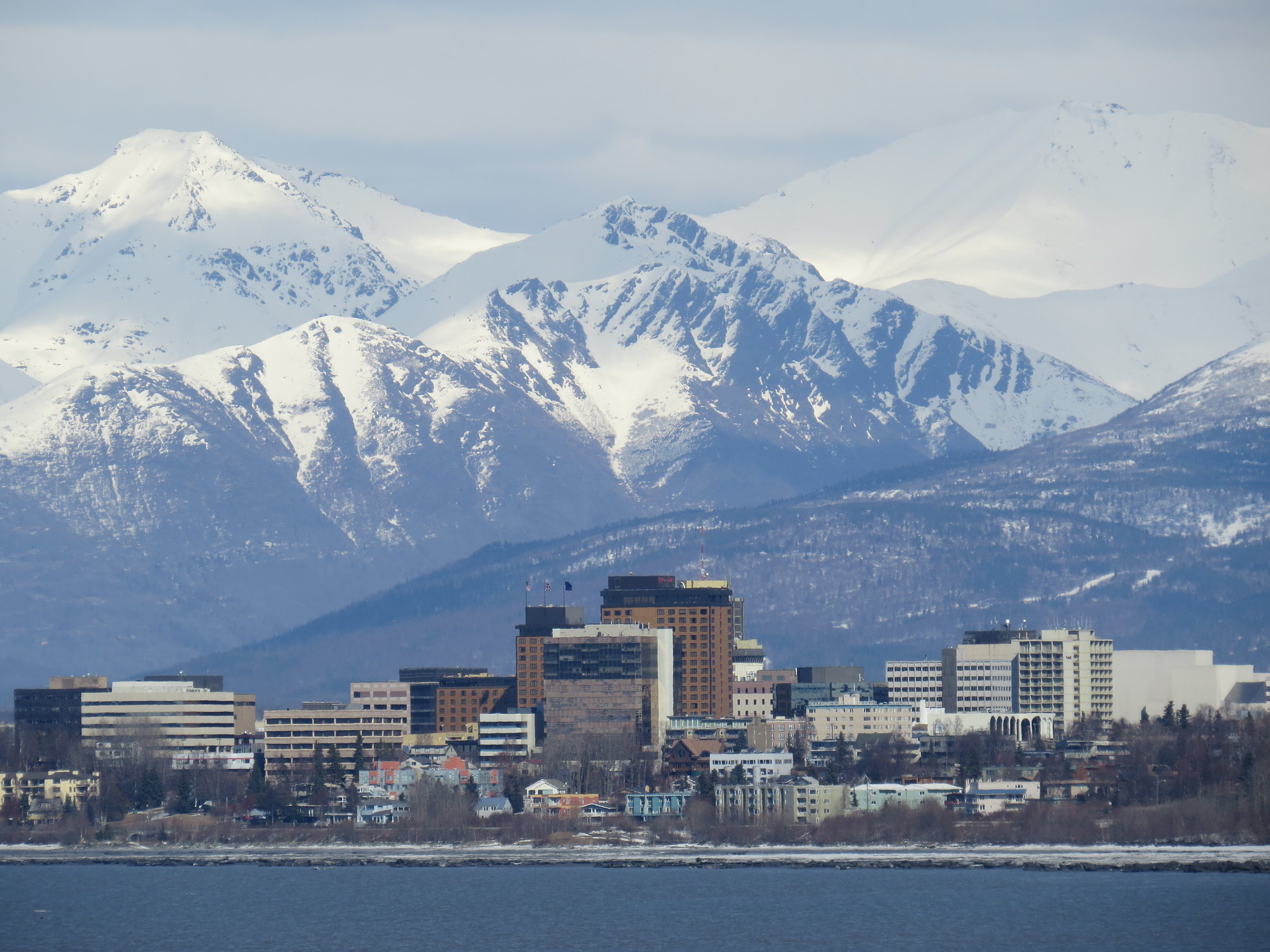
For Alaska, the path to a bigger population has stalled in recent years, the product of some short-term economic volatility.
Alaska just finished its third straight year of population loss, according to newly released information from state officials. It was the first time since the end of World War II that Alaska has lost residents for three years in a row.
Alaska has actually had net out-migration for seven consecutive years, but now the natural increase is not enough to offset that, said David Howell, the state’s demographer.
Over the last three years, the birth rate in Alaska dropped, for reasons that are yet unclear, Howell said. It is too early to say whether Alaska will follow the trend of the nation as a whole, which has had a notable drop-off in birth rates starting about 2007, he said. For Alaska, “It’s only really been the last three years. It’s kind of hard to say that three years is a trend,” he said.
As for out-migration, there are some economic explanations, said Neil Fried, a senior research economist at the Alaska Department of Labor and Workforce Development. While Alaska’s recent economic recession appears to have ended, the state has had the highest unemployment rate of all U.S. states, a big contrast with the 10 years of economic expansion in the rest of the country, he noted.
When times are good in the south, there is less incentive for people to move north, he said. “People are staying closer to home, which means that fewer are choosing to move to Alaska,” Fried said.